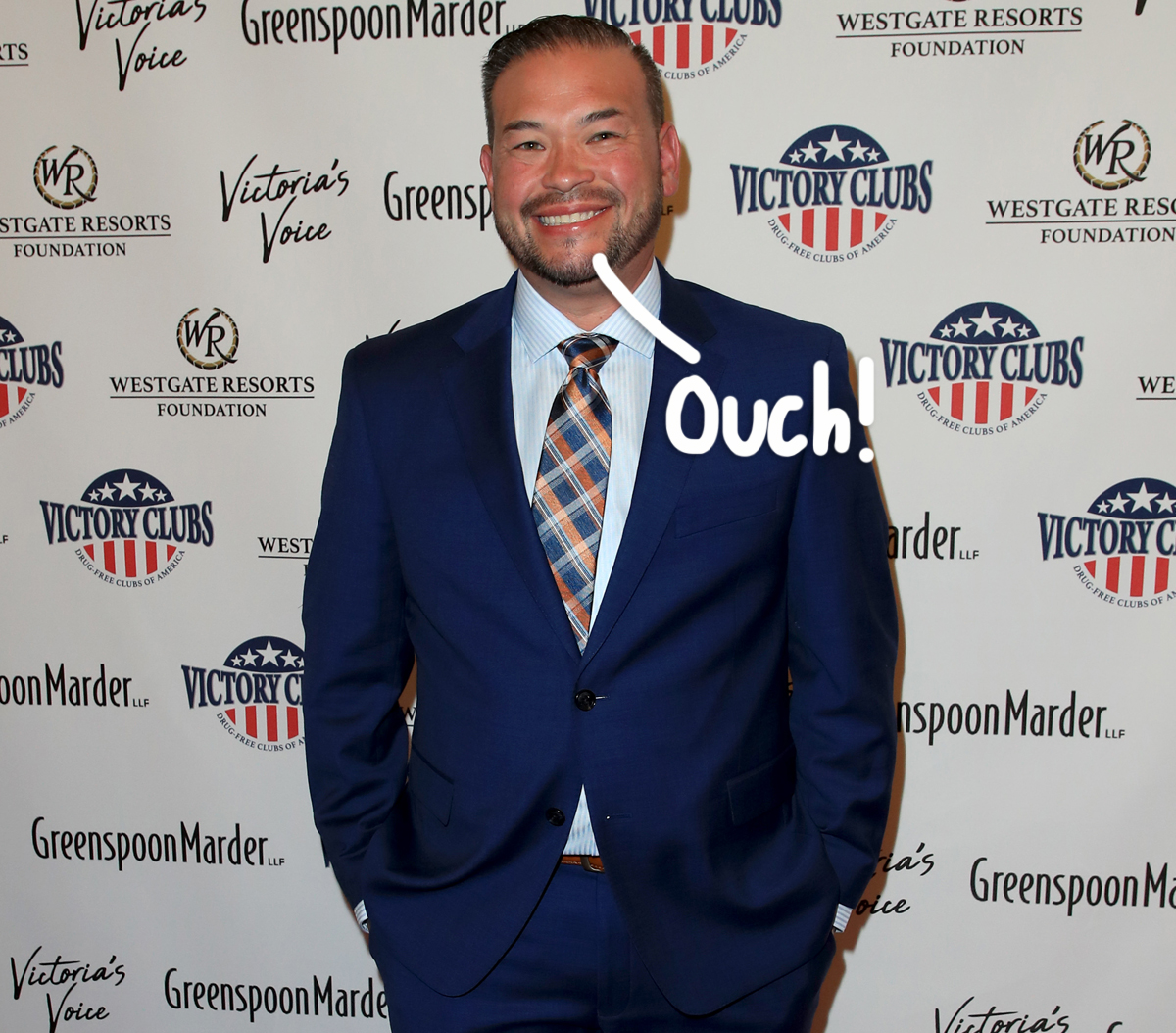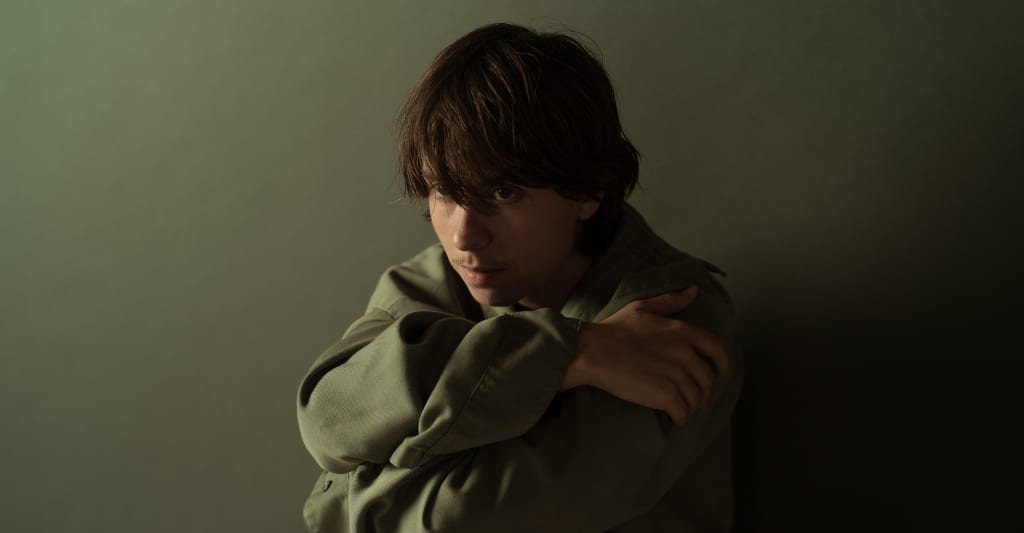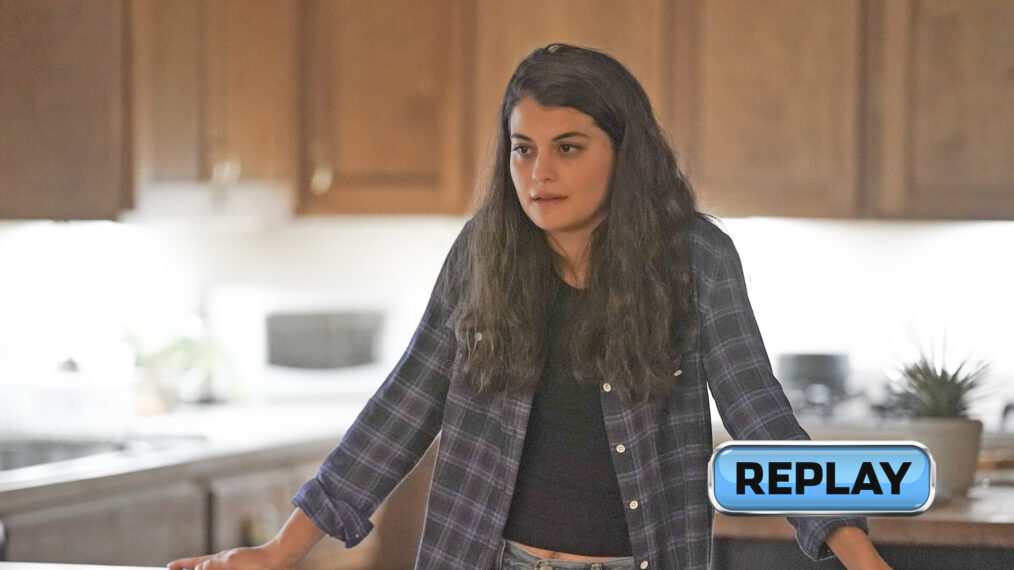#‘Bad Behaviour’ Review: Jennifer Connelly and Ben Whishaw Seek Enlightenment in Alice Englert’s Savvy Comedy-Drama

Table of Contents
‘Bad Behaviour’ Review: Jennifer Connelly and Ben Whishaw Seek Enlightenment in Alice Englert’s Savvy Comedy-Drama
Driving to a semi-silent spiritual retreat in Oregon, a former teen star named Lucy (Jennifer Connelly) phones her daughter to say she’ll be off the grid, and arrives at her wooded destination. The retreat’s signage is enough to make you wonder if it’s genuine or a scam: “Loveland Ranch. Foothills of Mt. Hypnosis.” That skepticism is enhanced by the merch for sale in the corner of the room where the spiritual leader, Elon (Ben Whishaw), runs his sessions. Is he a charlatan or genuine? The question is intentional. In her first feature as writer and director, Alice Englert expertly finds the line between satire and sincerity, mocking the slipperiness of the spiritual-enlightenment industry while acknowledging the serious intentions of the people — in this case very well-heeled customers — who think it’s at least worth a try.
With Connelly and Whishaw sharply defining their complicated characters, Bad Behaviour is, for most of its running time, engaging, droll and shrewdly observed. Englert has an original voice, a fine eye for detailed visuals and an apparent gift for working with actors. She is, of course, better known as an actress, most recently in Starz’s Dangerous Liaisons and notably in the series Top of the Lake: China Girl, directed by her mother, Jane Campion. But this deft film establishes her solid credentials as a filmmaker in her own right. It is too quirky to seem like a commercial smash, but should find an audience that will appreciate its winning dark humor.
Bad Behaviour
The Bottom Line
Gives nepo babies a good name.
The scenes of Lucy and Elon at the retreat are intercut with those of her daughter, Dylan (Englert), a stuntwoman working on set in New Zealand, first seen being fake-choked in the woods by an actor she’s becoming romantically involved with. The cinematographer Matt Henley captures the wide-shot rural beauty of both the retreat and the movie set. (The entire film was made in New Zealand.)
The satirical scenes at the retreat are the most bracing, with Connelly and Whishaw’s modulated performances reflecting the film’s balance between comedy and drama. Elon seems like a regular guy, not some mystic. At his first group meeting, most people in the room are open-eyed and quizzical, while Lucy’s eyes are closed. Connelly shows us the face of someone who wants to believe she’ll find the peace and understanding she came for. Throughout, she reveals both Lucy’s authentic wish to be enlightened and her impatient, often intolerant personality.
She is especially, and understandably, annoyed when a new arrival shows up, a young model named Beverly (Dasha Nekrasova) carrying a Louis Vuitton bag, all poses and narcissism. Her first move is to ask Lucy to take her photograph. When Elon asks the group to “share a shame” — one of the screenplay’s withering satiric touches — Beverly says she’s afraid that her youth will fade. “It will,” Elon says, not too helpfully. He later screams at Lucy “Don’t hope!” following it up more calmly with “Be.” Maybe he’s just bad as a guru. Whishaw makes the character enigmatic until he isn’t.
Dylan’s scenes provide broader comic relief, as she practices tumbling down the stairs, lunges at her maybe-boyfriend with a lance, and puts ice packs on her muscles in her hotel room at night. (Campion has a very brief cameo as a doctor treating Dylan’s bruises.) Her plot and Lucy’s begin to merge late in the story, with an exercise in which Elon asks the group to role-play as mothers and babies. The film takes a turn, fulfilling the very bad behavior of the title. Lucy may have had a breakthrough, or arrived at her breaking point, or maybe was more broken than we saw all along.
At that stage the film promises to go over the top in a delightfully off-kilter way, only to have Dylan, with personal problems of her own, fly to see Lucy in Oregon instead. Bad Behaviour settles into an earnest, if fraught, story about the mother-daughter reunion. The problem with this section isn’t the disjunction or shift in tone, but the sheer talkiness of the scenes between Lucy and Dylan. They explain much of their relationship and background to us, while thrashing it out, with wildly different memories of the past. Connelly and Englert are convincing, but here Englert’s screenplay lets her down.
The film’s press notes say, “Although Bad Behaviour is not specifically about Alice Englert’s relationship with her own mother, the film was inspired by the numerous spiritual retreats she’s attended over the years alongside her mother.” That explanation is both a way of emphasizing that the story is a fiction, and a tactful recognition that the film will inevitably land in the shadow of Campion’s brilliant career. Best not to be too concerned with real-life parallels though. This sparkling, imaginative little film works on its own terms.
If you liked the article, do not forget to share it with your friends. Follow us on Google News too, click on the star and choose us from your favorites.
For forums sites go to Forum.BuradaBiliyorum.Com
If you want to read more Like this articles, you can visit our Social Media category.




